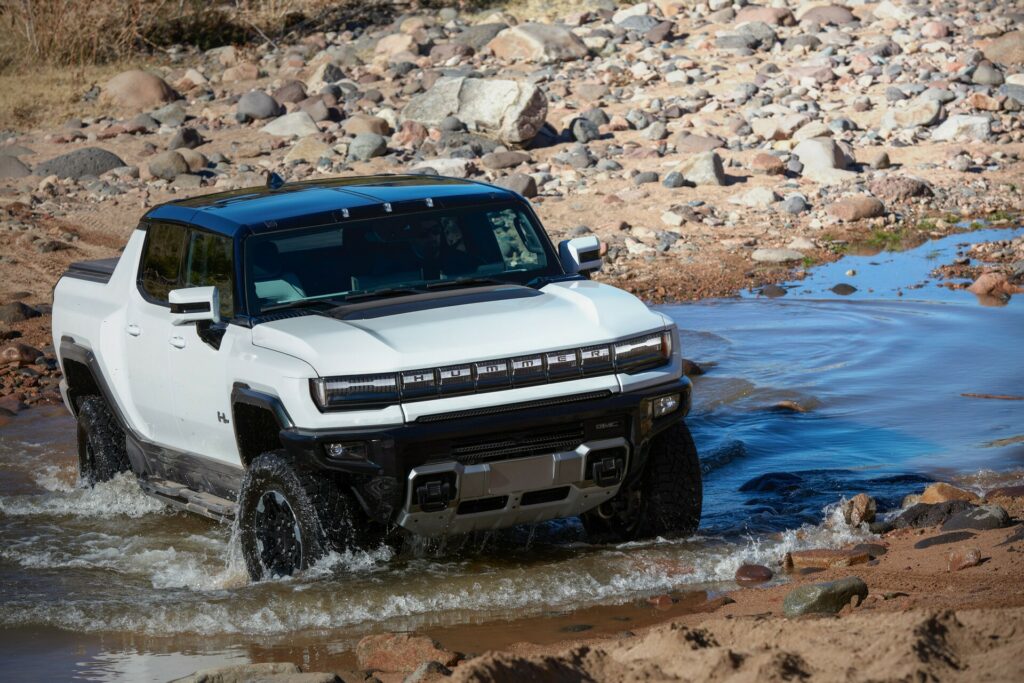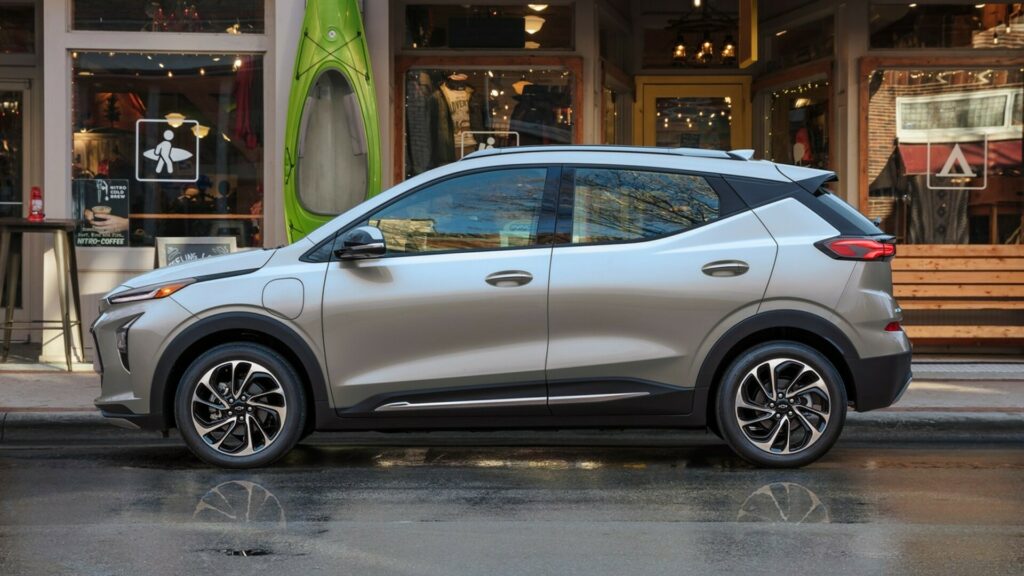The EV rebate program operated in California is set for an overhaul and will now include more restrictive income limits to ensure that subsidies are focused on those with lower incomes.
The state is eliminating the Clean Vehicle Rebate Project run since 2010 later this year. Under this program, individuals who earned up to $135,000 and couples earnings up to $200,000 could qualify. Instead, there will be new regulations where California residents earning more than 300% of the federal poverty line will not be eligible for a subsidy. This level sits at $43,740 for an individual and $90,000 for a family of four. It will include a sliding scale depending on household size.
California’s outgoing electric vehicle program has provided rebates of as much as $7,500 to lower-income households and $2,000 for those earning higher incomes.
Read: California Bill Could Give Consumers $2,000 To Convert Gas Cars To Electric

The new program is known as Clean Cars 4 All and already operates in five of the state’s largest districts. It will expand statewide next year and offer those who meet income requirements as much as $12,000 to scrap and replace an old combustion-powered vehicle for an EV. Lower-income earners can also receive up to $7,500 in purchase grants if they aren’t scrapping an older car.
Since the Clean Vehicle Rebate Project was first implemented, it has issued half a million rebates worth $1.2 billion. Those who filed an application on or after September 6, 2023, will be placed on a standby list and are not guaranteed to get it. Air board spokesman David Clegern believes the new program will greatly benefit lower-income earners.
“The goal here is not to eliminate options for one group of motorists at the expense of another, but to assist those who’ve been unable to purchase a cleaner vehicle and to broaden and deepen the state’s ZEV [zero-emission vehicle] fleet,” he told The Los Angeles Times. “We need everyone possible to afford a ZEV, and this has been part of the plan to do that for a number of years.”
Clegern added that the initial plan was to close the rebate program when zero-emissions vehicles reached 16% of new vehicle sales. The program has been left to run until ZEVs account for 25% of new vehicle sales.




